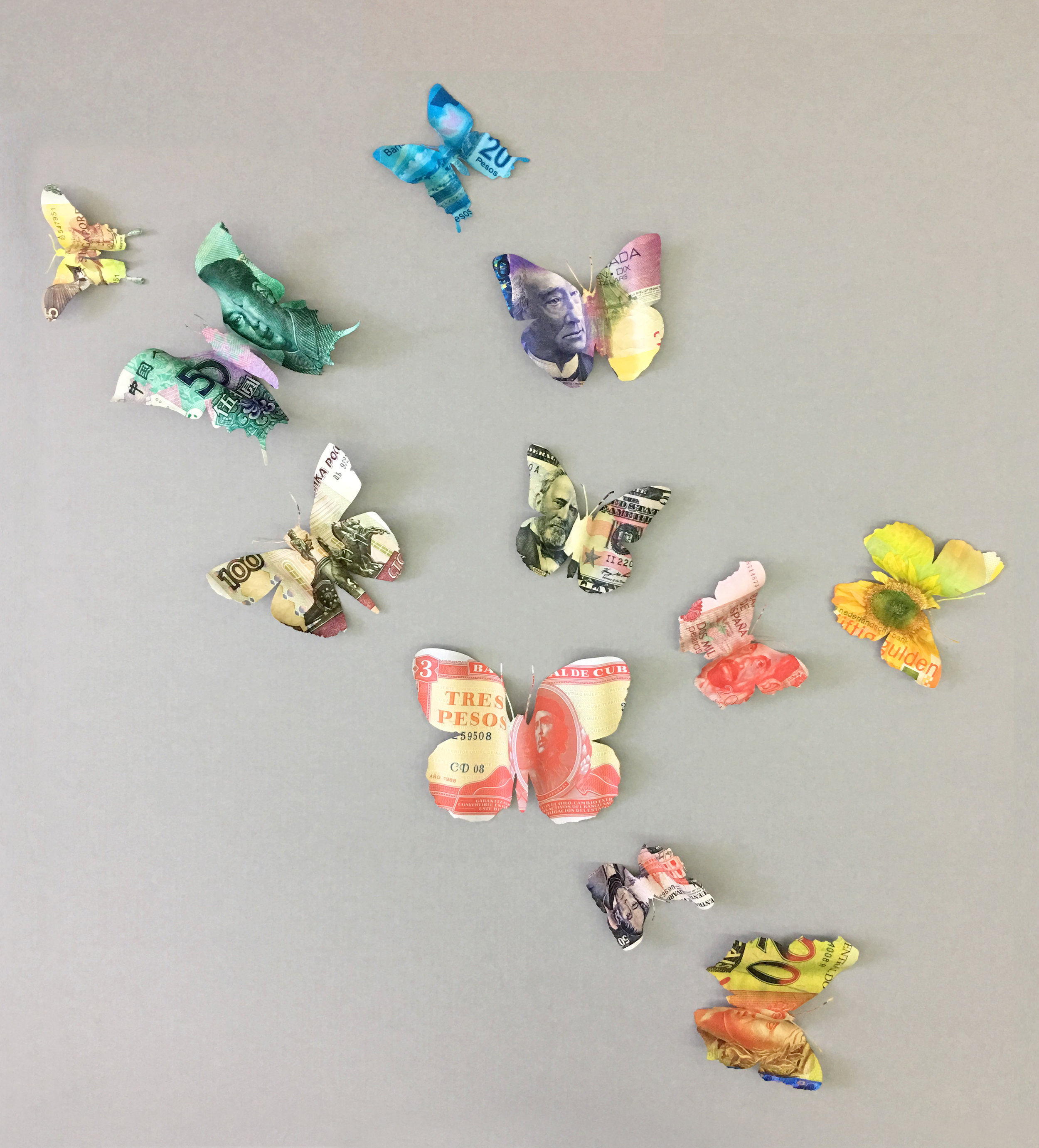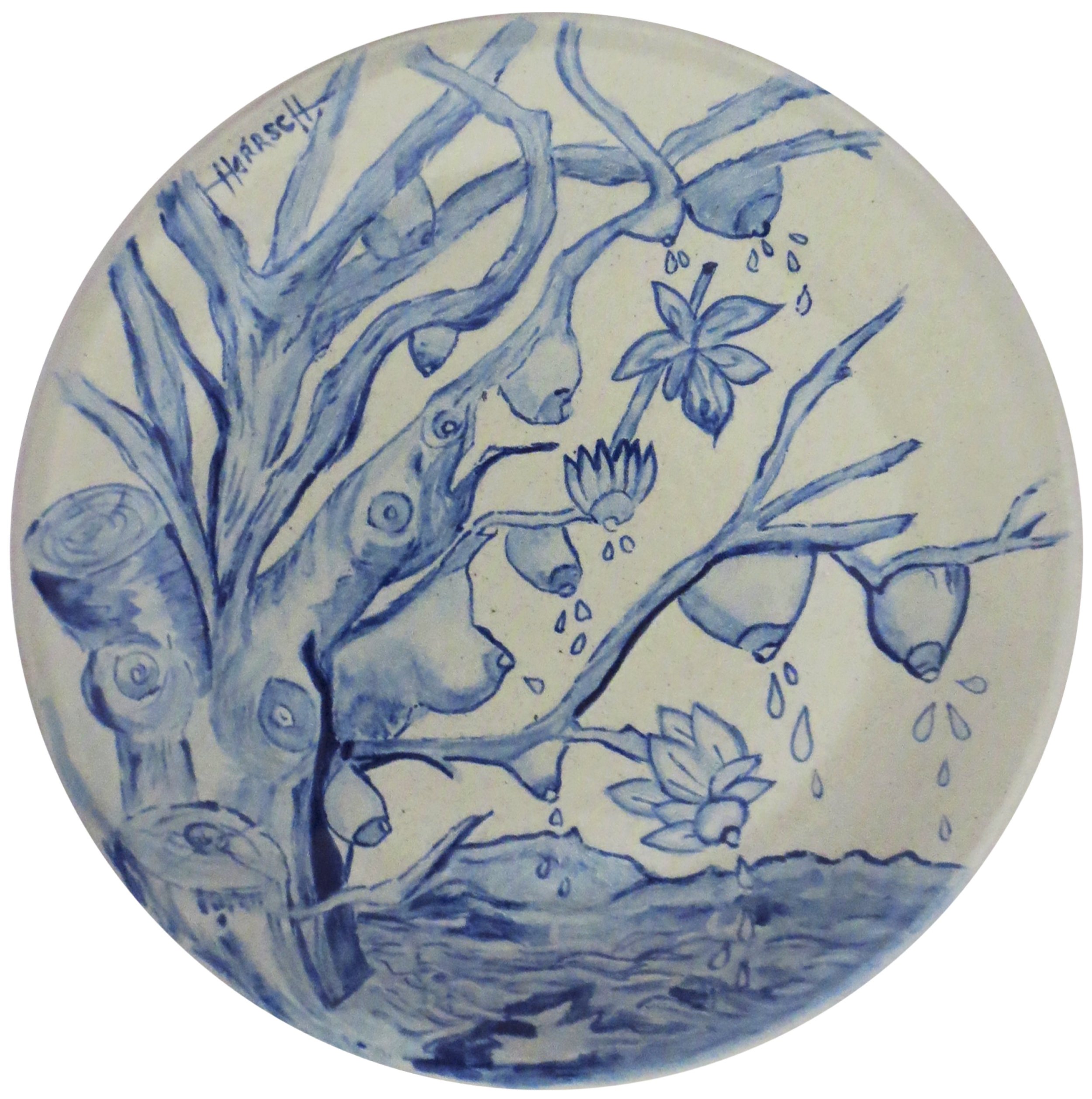Erika Harrsch
She has been defined as a multidisciplinary artist, employing traditional mediums along with new media and technologies to articulate her concepts and interests.
The formal aspects of her oeuvre and languages investigate diverse fields to achieve visual, multisensory, and interactive experiences: a comprehensive reflection about the body and identity, sexuality, desire, the space that defines us and the one we wish for, the limits and vertiginous freedom that lead to a continuous corporeal and ideological migration.
Harrsch’s solid background as a painter has been essential and visible in her aesthetic process, and her artwork is continually being filtered through images, the representation of the object, spaces, and colors; the work stems from experimentation and the processes themselves, and only later becomes articulated. These visual and formal processes are infused with multilayered references, a complex weave of the strata of meanings, which in turn make possible the extraction of multiple readings and narratives concerned with individual and cultural preoccupations, as well as critical social, political, and environmental issues.
For over six years she has included entomology research as part of her work, using butterflies as a metaphor for themes such as gender, identity, migration, nationality, and the relationship human beings have with their own nature and fragility.
Harrsch has expanded her trajectory to achieve authority status in a wide range of disciplines related to the production of multimedia art. She has established a fertile and captivating language, using tools such as painting, photography, video, animation, installation, interactive projects, and the production and direction of multimedia shows. For the past eight years her interdisciplinary practices have led to collaborations with well-known musicians and composers, including Philip Glass, cellist Jeffrey Zeigler, Claire Chase, Paola Prestini, and Maya Beiser, among others.
Imagos The Butterfly as a visual metaphor for woman, raise issues about the transforming experiences of migration, sexuality, individuality and values as they relate to ethnic diversity and cultural and ideological heritage. The project explores how each immigrant woman preserved the core of her identity regardless of recontextualizing herself within a new country.
United States of North America Passport The Monarch butterfly, which is known for its epic, annual migration between Mexico, the United States and Canada, as the center-piece of an elaborately conceived passport. The United States of North America, suggests a North American continent absent of geopolitical borders, unifying the members of the North American Free Trade Agreement (NAFTA)
The passport contains texts of NAFTA, free trade, human rights, the absurd logic of some immigration policies and related topics in place of visas and entry stamps. The passport itself is held in a vitrine, symbolizing its high value to an individual, a symbol of metamorphosis, freedom, and hope.
Euroespecímenes Twenty-four entomological boxes with butterflies cut out from printed images of pre-euro currencies. The work treats paper banknotes withdrawn from circulation as extinct specimens for entomological preservation, study and conservation. These butterflies are pinned as though they are extinct entomological specimens ready for study.
BIO
Erika Harrsch (México, 1976)
Born in Mexico City, Harrsch has lived in several cities throughout the country, as well as Italy, Germany, and Brazil; for the past fourteen years she has lived and worked in New York City. Erika Harrsch has been selected to particjpate in the Fokus-Lodz Biennale, Lodz, Polonia, 2010; 798 Biennale, Beijing, China, 2009; International Media Art Biennale, Seoul, South Korea, 2008; Fotofest Biennial, Houston, Texas, 2008; as well as the 6th and 7th FEMSA-Monterrey Biennial, Mexico, in 2003 and 2005.
Her work has been shown in galleries, festivals, and international artistic residencies, as well as the Whitney Museum of American Art (New York City), Museo del Barrio (New York City), Nevada Museum of Art (Reno, Nevada), Aldrich Contemporary Art Museum (Ridgefield, Connecticut), Neuberger Museum of Art (Purchase, NY), Bellevue Arts Museum (Bellevue, Washington), in the United States; Göteborg Konstmuseum, Sweden; Musée de la Photographie, Charleroi, Belgium; Seoul Museum of Art, South Korea; and Museo de Arte Contemporáneo de Monterrey (Nuevo León) and Museo de la Ciudad (Querétaro), in Mexico. Her work is included in numerous international public and private collections, including the Musée de la Photographie in Belgium, and the Eaton Corporation and the Fidelity Corporation in the United States.


























